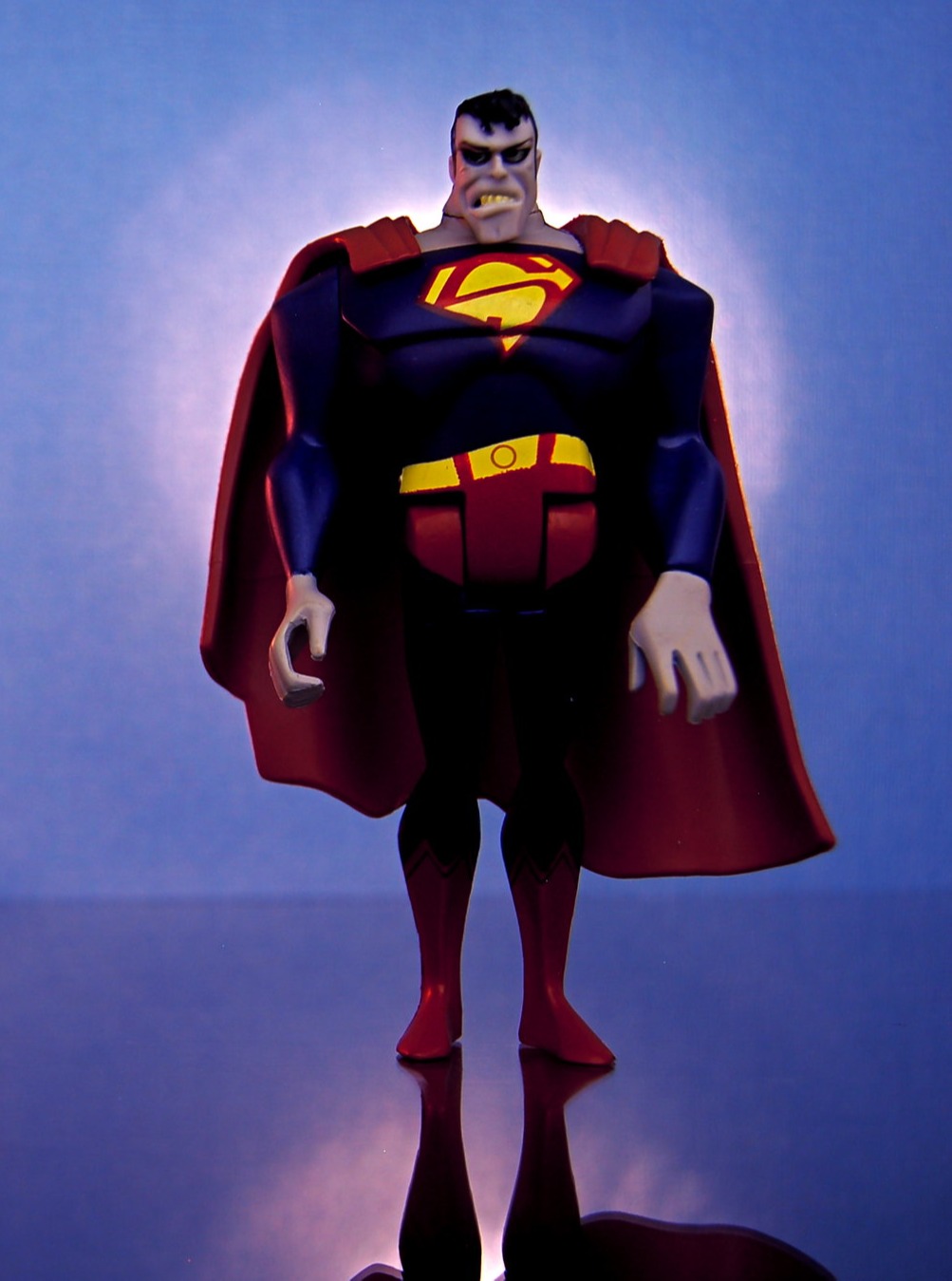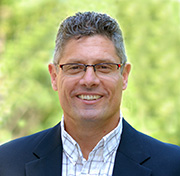Archive for July, 2025
How To Help Greatness Emerge
 Give me fewer people than I need. That will force me to come up with a better way.
Give me fewer people than I need. That will force me to come up with a better way.
Tell me what to do, but not how to do it. If you know how to do it, I’m not your person.
Give me far less time than I need – months not years, weeks not months, days not weeks. I will have no choice but to focus on the most important elements, and I will make decisions quickly because there is no time for indecision. And I will have fun.
Tell me you don’t know. That builds trust.
Give me bad tools, slow computers, and crappy infrastructure. That will require me to make magic.
Tell me the truth. That builds trust, too.
Give me a challenging task and tell me what I can’t do. That will allow me to do anything else.
Tell me why you want the problem solved and get out of the way. Everything will go better that way.
Give me a micro problem – move one atom, spin off one electron, make one photon, deliver one amp, limit me to one volt, give me a single gram. I won’t be intimidated, and I will be able to see the physics. Then, once solved, I will expand the solution to a size that fits our customers.
Tell me you need help, and I will help you.
Image credit — JD Hancock (Bizarro Superman)
Write to think or think to write?
 I started writing because I had no mentor to help me. I thought I could help myself grow. I thought I could write to better understand my ideas. I thought I could use writing to mentor myself. I tried it. It was difficult. It was scary. But I started.
I started writing because I had no mentor to help me. I thought I could help myself grow. I thought I could write to better understand my ideas. I thought I could use writing to mentor myself. I tried it. It was difficult. It was scary. But I started.
You will see the title, but you won’t see my scrap paper scribblings that emerge as I struggle to converge on a topic. Prismatic shapes, zig-zags, arrows pointing toward nothing, nested triangles, cross-hatched circles, words that don’t go together, random words. And when a topic finds me, I move to the laptop, but you won’t see that either.
You will see the sentences and paragraphs that hang together. You won’t see the clustered fragments of almost sentences, the disjointed paragraphs, the out-of-sequence logic, the inconsistency of tense, and the wrong words. You won’t see my head pressed to the kitchen table as I struggle to unshuffle the deck.
You will see the density of my writing. You won’t see the preening.
You will see a curated image and a shout out to the owner. You won’t see me spend 30 minutes searching for an image that supports the blog post obliquely.
You will see the research underpinning the main points, but you won’t see me doing it. Books on and off the shelf, books on the floor, technical papers in my backpack, old presentations in forgotten folders, YouTube, blogs, and podcasts. Far too many podcasts.
You will see this week’s blog post on Wednesday night, Thursday morning, or Thursday afternoon, depending on your time zone. You won’t see the 750+ blog posts from 15 years of Wednesdays.
When it was time to send out my first blog post, I was afraid. I questioned whether the content was worthy, whether I was right, and whether it made sense. I struggled to push the button. I hesitated, hesitated again, and pushed the button. And nothing bad happened.
When it was time to send out this blog post, I was confident the content was worthy, confident I was right, and confident that it made sense. I put myself out there, and when it was time to hit the button, I did not hesitate because I wrote it for me.
Image credit — Charlie Marshall
Do More Than Keep The Score
 Sometimes when I have a good idea, my body recognizes it before my mind does. I believe my body has been doing this since I was young, but only over the last five years have I developed sufficient body awareness to recognize the sensation my body generates. And now that I know the sensation is a signal, I know my body knows more than I do.
Sometimes when I have a good idea, my body recognizes it before my mind does. I believe my body has been doing this since I was young, but only over the last five years have I developed sufficient body awareness to recognize the sensation my body generates. And now that I know the sensation is a signal, I know my body knows more than I do.
My body’s signaling system is usually triggered during a conversation with someone I trust. While they are speaking to me, one or two of their words help my body flip the “knowing switch” and send its signal. Sometimes I stop listening and wait for the idea to come to my awareness. Sometimes I say out loud, “My body thinks there’s something important in what you said.” Sometimes the signal and idea come as a pair, and I tell my friend about the idea after they finish their sentence. All this takes some time for my coworkers and friends to understand and become comfortable.
My body can also send signals when it recognizes wrong paths or approaches that will cause conflict or confusion. It’s a colder sensation than the one described above, and the coldness distinguishes it as a signal of potential wrongness, conflict, or confusion. Like above, it’s usually triggered during a conversation where a coworker’s words help my body flip its knowing switch and send the cold sensation. Sometimes I stop listening and wait for the knowing to arrive. Sometimes I acknowledge I just received a knowing signal. And sometimes I tell my friend about the knowing as soon as there’s an opening. This, too, takes time for others to understand and become comfortable.
For my body to be able to do this for me, it must be well-rested, well-exercised, and grounded. To do this, my body must be standing on emotional bedrock.
I think I’m more effective because I can connect with my body’s signals. I can become aware of better ideas, I can become aware of skillful approaches, and I can become aware of ways to protect my friends from conflict and confusion.
Bessel van der Kolk says The Body Keeps The Score, and I agree. And with deep calm and awareness, I think the body can do much more.
Image credit — darkday
How To Put The Business Universe On One Page
 When I want to understand a large system, I make a map. If the system is an ecosystem, I combine Wardley Maps by Simon Wardley with Wide Lens / Winning The Right Game by Ron Adner. On Wardley maps, activities and actors are placed on the map, and related elements are connected. On the left are infant and underdeveloped elements, and on the right are fully developed / commodity elements. It’s like an S-curve that’s been squished flat.
When I want to understand a large system, I make a map. If the system is an ecosystem, I combine Wardley Maps by Simon Wardley with Wide Lens / Winning The Right Game by Ron Adner. On Wardley maps, activities and actors are placed on the map, and related elements are connected. On the left are infant and underdeveloped elements, and on the right are fully developed / commodity elements. It’s like an S-curve that’s been squished flat.
Wide Lens prompts you to consider co-innovation (who needs to innovate for you to be successful) and adoption (who needs to believe your idea is a good one). Winning The Right Game makes you think through the sequence of attracting partners like a visual time-lapse of the ecosystem’s evolution. This is a killer combination that demands you put the whole system on one page – all the players/partners, all the activities sorted by maturity, all the interactions, and the evolution of the partner network and maturity of the system elements. This forces a common understanding of the ecosystem. There’s no way out. Did I say it must fit on one page?
When the large system is a technological system, I make a map. I use the best TRIZ book (Innovation On Demand) by Victor Fey. A functional analysis is performed on the system using noun-verb pairs that are strung together to represent how the system behaves. If you want to drive people crazy, this is the process for you. It requires precise words for each noun (element) and verb (action) pair, and the pairs must hang together in a way that represents the physical system. There can be only one description of the system, and the fun and games don’t stop until the team converges on a single representation of the system. It’s all good fun until someone loses an eye.
When I want to understand a business/technology/product/service offering that has not been done before (think startup), I use Lean Canvas by Ash Maurya. The Lean Canvas requires you to think through all elements of the system and forces you to put it on one page. (Do you see a theme here?) Value proposition, existing alternatives, channel to market, customer segments, metrics, revenue, costs, problems, and solutions – all of them on one page.
And then to blow people’s minds, I combine Wardley Maps, Wide Lens, Winning The Right Game, functional analysis of TRIZ, value in action, and Lean Canvas on one page. And this is what it looks like.

Ash’s Lean Canvas is the backplane. Ron’s Wide Lens supports 6 (Channel), forcing a broader look than a traditional channel view. Ron’s Winning The Right Game and Simon’s Wardley Map are smashed together to support 2 (Existing Alternatives/Problems). A map is created for the existing system with system elements (infants on the left, retirees on the right) and partners/players, which are signified by color (red blob). Then, a second map is created to define the improvements to be made (red circles with arrows toward a more mature state). Victor’s Functional Analysis/System diagram defines the problematic system, and TRIZ tools, e.g., Separation Principles, are used to solve the problem.
When I want to understand a system (ecosystem or technological system), I make a map. And when I want to make a good map, I put it on one page. And when I want to create a new technological system that’s nested in a new business model that’s nested in a new ecosystem, I force myself to put the whole universe on one page.
Image credit – Giuseppe Zeta
Finding My Way
 I find my way.
I find my way.
I sometimes get caught in other people’s expectations. Aren’t their wants important too?
I can judge myself negatively even when good things happen. Wasn’t greatness possible?
I get angry when my expectations don’t control what the Universe does. Am I alone in this?
But I find my way.
I sometimes prioritize my feelings over others’. Is that good, bad, neither, or both?
I judge myself positively when good things happen. Maybe I had nothing to do with it?
I am happy when I have no expectations. But shouldn’t I expect that?
And I find my way.
I want what I don’t have. Who decides when enough is truly enough?
I get what I want, and then I worry about losing it. But doesn’t everything go away?
I sometimes don’t know what I want. Maybe I don’t want anything but don’t know it?
And I still find my way.
I love helping people. It’s like helping myself twice.
I love my family. I get meaning from them.
I love myself even when some parts of me don’t.
I find my way.
Image credit — Jan Mosimann
 Mike Shipulski
Mike Shipulski